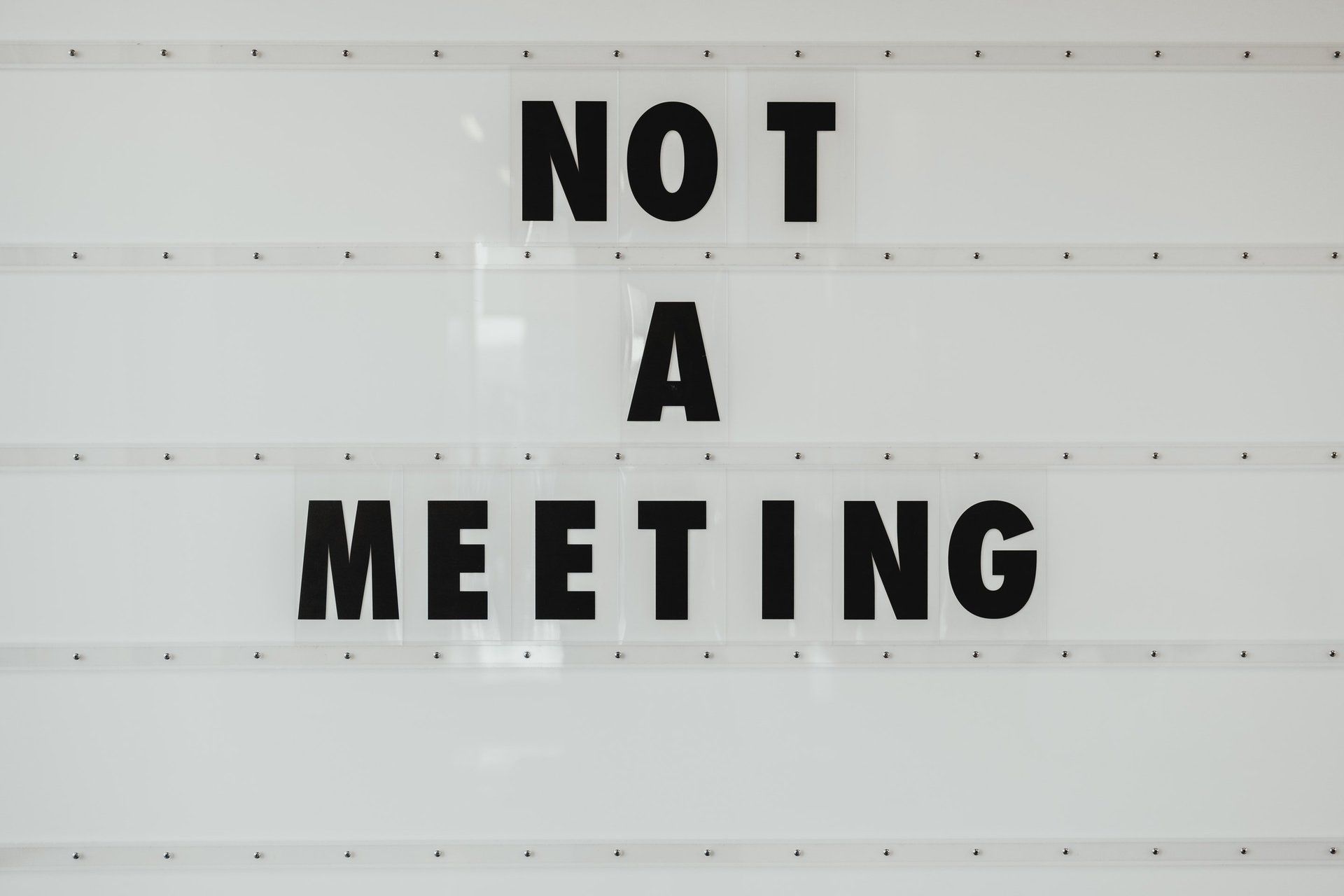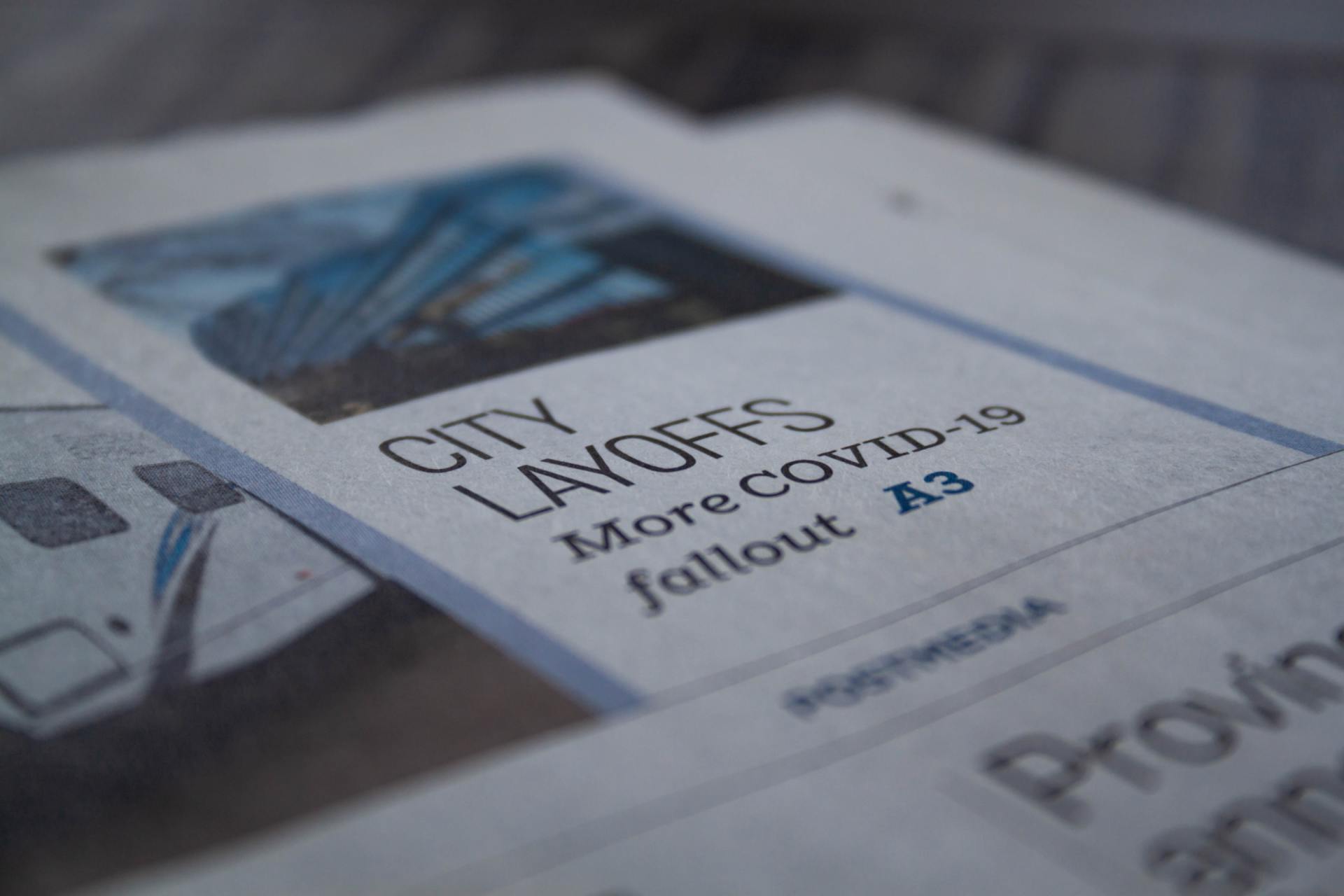Cassie Brown HR Consulting News

Thankful. In this year filled with so many unknowns and changes to the way we have to “be” with one another, it is perplexing to some to think about the things we are thankful for this year. I, however, didn’t seem to have any issue coming up with things I am thankful for in 2020. For the first time since my children were very young, (a time in our lives when everything was chaos most of the time with school, homework, after school activities, etc.), we sat around a table with each other and enjoyed dinner and “adult” conversation. My two college-aged sons came home for Spring Break in March and didn’t leave, moving to 100% remote learning and 100% in our refrigerator and pantry. We played games, had movie nights, worked on puzzles, told stories, found old home movies from when they were babies, and gained new appreciation for each other. I am thankful for this time with them. My husband and I both expanded our businesses, and while I became an expert on all things COVID, he became PMP certified. I worked on expanding my network, continuous learning, learning new industries, and mentoring others in the HR community. I am thankful that we are both working, supporting each other and supporting local businesses. We had powerful conversations with each other, with family and friends, with those who think like us and those who do not, with people we love, as our world stood divided over politics and racism. I am thankful for those who engage in respectful dialogue on these topics, who seek to understand, learn and share. We miss our friends and family we don’t get to see, and the “normal” we had been accustomed to all these years. I am thankful for the work we do to keep all of us safe, knowing that we will see one another soon, that this too shall pass. We are flexible and resilient, hopeful and compassionate, and most of all, thankful for the ability to choose how we show up every day. This week I choose to be thankful.

Do you need a Politics in the Workplace Policy? Is it OK to talk about politics at work? Have you had issues when people talk about politics at work? Do you allow employees to express their political opinions at work through decor, pamphlets or banners/buttons? Do you know what you can/cannot restrict at work?

Are you meeting for meeting sake? Time is one of our most precious commodities, especially now when we are juggling so many things, including many of us working from home, and it can be a valuable competitive edge for a company if you are thoughtful and purposeful in how you do more with less each day. Spending less time in meetings means more time focused on your customers, innovating, inventing, and actually doing the work to deliver on your personal and professional goals (and right now, any K-12 homeschooling priorities!). I believe that with some planning and practice that all meetings can be a good use of time and help you and your company be successful, and, in some cases, give you a competitive advantage. By asking the right questions and following consistent guidelines, you will set yourself and your company up for success. Meeting Guidelines Approach colleagues with respect in every situation – including respectful of their time. ALWAYS have an agenda and desired outcome clearly stated prior to the meeting so everyone understands the ‘why’ before they attend. Have an assigned note taker, decide on actions, assign owners and due dates and create accountability. If you own, ensure it gets done. Leverage technology when appropriate and meet in person when possible. If you don’t need a meeting, do a quick call/email instead. Do you have Teams? That is a great tool for a quick note or call. If you are global, be considerate of ALL time zones and meet at rotating times of the day for recurring meetings so that one region isn’t always meeting in evening hours. Shorten your meetings Scheduling meetings for 30 or 60 minutes is a thing of the past. Make your meetings 20/25 or 40/45 minutes long. This makes time for small breaks in-between meetings for bio breaks and returning important messages. This also makes more space for us to gather our thoughts throughout the day, rather than feeling like a pinball, bouncing from one meeting to the next! Start on Time, End on Time We are all adults and need to manage our time accordingly. Make sure you arrive to your commitments on time, if you are a host, start and end all meetings on time. If you are late, catch up with someone after the meeting about what you missed instead of hijacking the meeting. If you are running late, send a note as soon as possible. Be Ready for the Meeting Typically, meetings are to get things done or make a path forward. If you aren’t sure why you have been invited, get clarity before the meeting. If there is anything you need to know/understand before the meeting – be responsible to do that on your own. If you are accountable for a portion of the meeting, come prepared. Preparation = Success. Schedule your own prep time on your calendar, if needed. Put Down the Device Pay attention during the meeting. Put down your phone, iPad, laptop, social media, etc. or you are missing opportunities to actively listen and participate. Don’t make people repeat things because you are doodling. Only use your devices to take notes or present content and step out of the meeting if needed. If Possible, Schedule When Open Don’t waste time and emails asking if someone is available if you don’t have to. You can typically look at availability yourself if you work in the same company/network to find the best available time. When you do have access to scheduling, make sure you check if someone is available before randomly scheduling a time. And, ensure that your calendar is up to date with all commitments, so you don’t get double booked. Be aware of the various time zones and don’t schedule something at midnight for a meeting participant. Should I Forward? If you think others need to be included in the meeting, talk to the meeting owner first before you forward to additional attendees. Follow Up, Follow Through Make sure you stick to the agenda and table topics not relevant to the agenda (parking lot list!). Ensure follow up on those items and assign next steps for that list during the meeting before you wrap up. Meeting owners/note takers should send a summary of action items that include who is responsible for each item and due dates to ensure accountability and expectation management. Present and Active – Up Front and Honest It is important to be fully present and active during the meeting. Hopefully you have a purpose for being in the meeting, ensure that you speak up when needed, share ideas and information and be accountable when you are responsible for something. No ‘meetings after the meeting’, fully engage during the meeting, even when there is disagreement, because diverse opinions and points of view lead to better decisions. During the meeting decide and move on toward a common goal, even if your idea was not the one selected, once a decision is made, move forward together. Meeting Days/Times Understanding the culture of your organization or the people you are working with is very important. For some that means no meetings before 10 am in their time zone, for some that means no meetings after 1 pm on Friday in their time zone. Whatever it is, be sure you know and understand those, often unwritten, rules. On Zoom, Teams, FaceTime, etc. all the time now? Here are some additional things to think about in our ‘work from wherever’ status right now. Leader of the Meeting Needs to Lead Take attendance, if needed, as soon as the meeting starts. When you say things like, “who is here?” people talk over each other and it takes forever! Mute people, if needed, and have people raise their hand to talk to avoid overtalking and having people repeat themselves over and over and over again! As the leader, call on people to talk and manage the muting from your platform, if possible. It’s also helpful to have people state their name before speaking to help everyone follow along. I would even recommend this for the friends/family group video calls you are having now to help everyone hear one another and get a turn to speak. If your family is anything like mine, it’s hard enough to get a word in when we are together, much less on a video call! Check Access Make sure you are familiar with a platform when you receive a new meeting invite. I have seen several over the past few weeks that I had never heard of and had to download prior to my meeting. Do this with enough time so you are not late to the meeting start time. Know Your Tech Understand the platform you are using, how to turn the camera on/off on your equipment, how to unmute/mute your speakers and microphone and what is required by the meeting organizer (some are requiring the video be on/off right now). I recently learned that in a Zoom meeting the connections work better when you turn off your video and screen sharing. No one wants to hear your background noise unnecessarily and you don’t want people to hear any chaos you may have going on at home right now either. Although, I have noticed people are a LOT more accepting of these things given the situation we are in right now. Also, know what happens if you press hold, is there music that plays for the rest of the call while you put people on hold ‘real quick’ – so disruptive! Don’t be that person! If you think this is helpful, let me know, and take a look at my other blog posts and services on my website, www.cassiebrownHRconsulting.com . Anything you would add to the recommended guidelines? Here are my favorite YouTube videos on how conference calls actually go, I think we can all relate, especially now: https://www.youtube.com/watch?time_continue=75&v=DYu_bGbZiiQ https://www.youtube.com/watch?v=JMOOG7rWTPg

I don’t know about you, but I’ve heard some new terms (or revitalized in some cases) over the past month that have just become part of our everyday vocabulary. Many of us have been using a lot of these terms over many, many years, including anyone who worked in any sort of safety or security role, or maybe you worked through a previous pandemic (or potential pandemic) we’ve encountered over the past 10 ish years, or other emergency (hurricanes, floods, fires, etc.). What else are you seeing/hearing that I didn’t list here? Business continuity – If you have never sat through a multiple day session working in teams for business continuity planning with 100+ of your favorite colleagues, running through simulations and having random things thrown at you that make you think quickly, with limited resources, and with limited information in some cases, you are missing out! If your company wasn’t interested in business continuity planning before, I bet they are now. A lot of companies did this reactionary, on the fly, specific to the coronavirus. Some took too long to react at all, and some found that they didn’t always have the physical or asset resources needed to meet demand, and in some cases, they also did not have the correct infrastructure to support what the company needed to continue to produce core products or services. My coaches always said, you play like you practice, and that is why you should plan/practice. Earnings before interest, taxes, depreciation, amortization, and Coronavirus (EBITDAC) – I think this is my favorite. I don’t recall where I saw it first, may have been someone on LinkedIn. I do actually think that this will be a new reporting term once we are back to whatever ‘normal’ will look like in 12-18 months or so. Reporting and earnings reports will have a new asterisk* that outlines earnings and projections before COVID-19 and after and the changes will be drastic in most cases. Employee Assistance Program (EAP) – If your company does not have an EAP, I highly recommend you talk with your benefits broker to find out if you can add it your benefit plan. It varies in cost, $1.30 - $1.90 per employee per month, and typically includes services for a broad range of issues such as alcohol or substance abuse, child or elder care, relationship challenges, financial or legal problems, wellness matters and traumatic events. All delivered at no cost to the employee, and any member of the household can use it, whether covered under your benefit plan or not. Services may also include nurse advice lines, basic legal assistance or adoption assistance. All of these can be offered remotely too, so it’s perfect for this point in time. Essential vs. Nonessential businesses and services – No one wants to hear that they are non-essential, what?! And, some companies stayed open and had to be sent letters from government officials that they were not essential and were required to close, ouch. I also believe that there is a WIDE range of what each person thinks is essential. I can tell you that a lot of us women believe that salons are essential, and that’s why you won’t always see us on video via Zoom! I am so thankful to the essential businesses and workers who have had to work so hard to ensure that we have groceries and the supplies we need, up and down the supply chain. Flattening the curve – Every day I hear this said, multiple times a day. I’m worried about that curve turning into Mt. Everest if we all go back to a ‘new normal’ too soon. If you are unclear about what this means, it’s specific to lessening the amount of overall COVID-19 positive cases by everyone ‘physical distancing’. We need this graph, https://www.cdc.gov/coronavirus/2019-ncov/cases-updates/cases-in-us.html to start going down instead of continuing to go up, ‘flatten’ it. Reducing the number of cases reduces the strain on the healthcare system and increases our ability to open the world back up more quickly. New Normal – This one I hear A LOT related to everything: work, school, finances, investments, communications, interactions with each other, how we socialize, relationships, travel, and so on and so on. I really don’t think anything will be “normal” for quite some time and we need to start thing about new ways of working and interacting with each other as we start to open things back up around the world. I have a strong feeling that social interactions at work and at home will be very different for a very long time. Personal protective equipment (PPE) – This takes me back to my safety and security responsibilities early in my career, leading safety training, navigating MSDS requirements and leading safety committees. I would guess that this is a new term for most people in the past month and that it will become a common term ongoing. Unless you work in the healthcare industry, I’m guessing you never thought of PPE in terms of face masks and shields, and certainly never thought that so many people in the world would be making them at home. Self-isolation – Similar to self-quarantine, however these people are actually sick, contagious, maybe isolating themselves to a room in a house so as not to infect anyone else in the house. This group still needs interaction of some sort, so reach out from a distance to keep them engaged with family and friends. Self-quarantine – What a daunting term/practice. This typically means that you have been exposed to something and you have to wait to see if you actually show symptoms of that illness. Many of our family, friends and co-workers are self-quarantined just because they live alone and are staying home (or may have stay-at-home orders), working from home, getting food delivered, or only going out once a week for groceries/essentials. Sometimes the only interaction they have throughout the day is for work-related calls or maybe food delivery people at the door, which is mostly contactless now too. Check on your people: family, friends, loved ones, co-workers, neighbors, etc. In my experience so far, those people who are home alone are the most isolated and may be struggling the most, call them, text them, FaceTime them, video call them and remember to reach out to them in some way. Some of us have nothing but chaos at home, remember, the grass is not always greener. Shelter in place (SIP) – This is similar to self-isolation, self-quarantine and social distancing. Basically, it means take shelter where you are right now and don’t leave that place. The first time I heard this phrase was in a safety video/policy specific to what you should do if there is danger in your workplace and the options were to, “run/hide/fight”. Sit tight, don’t come out until you know it’s safe – that’s the most daunting questions right now, isn’t it? When will it be safe? Social distancing – I agree with my friend Denise Cooper who said that we should change this phrase to ‘physical distancing’. We want people to continue to socialize, and there are a lot of ways to continue to do that without being six feet or closer to someone. Writing, texting, emailing, video calls, social media, etc. I encourage us to continue physical distancing, however, let’s stay social! Virtual happy hour/coffee/meal/gala/etc . – If you haven’t attended one of these events yet, I would highly recommend it. I’ve seen most of them running through Zoom, and it’s great to have a tool to have a video chat session with a group of people. I would recommend that you assign a moderator if you are planning one. This person will mute people, get conversations going, and call on people to talk. If you don’t do this, it turns into everyone talking at the same time and the funny skits we’ve all seen about conference calls, which aren’t too far off, this is one of my favorites: https://www.youtube.com/watch?v=DYu_bGbZiiQ Work from home (WFH) – Ahhhhh, the highly sought-after privilege to work from home for those positions/companies where that is an option. So many leaders said it couldn’t be done, but alas, it can, and people are doing it well. People all over the world were able to pivot quickly to make WFH happen, overnight in some cases. And, HR, IT and Risk professionals all over the world asked, “are you ready to talk about business continuity planning now?”. All kidding aside, the cat is out of the bag now and it will be hard to pull it back to a hard, “no” moving forward. Some people don’t like to work from home all the time, I think a new balance will materialize with a good mix of WFH and WFO so that we can continue to collaborate, although we have gotten pretty good at Zoom/Teams/FaceTime/etc. By staggering we will also be able to space out workers more effectively when we are in the office together and continue distancing/stopping the spread of any germs. Zoom – Maybe you used to just think of a car driving by when you heard this before? It’s a whole new meaning today. Having used this at work, I know a bit about how to navigate through all of the functionality, and it’s really easy to use, making it a great option for high-tech or low-tech users. Just make sure you turn off your video if you are doing something you don’t want to share (or if your bottom half isn’t camera ready!). I’m sure I have missed a few of the new terms we have learned over the past month and would welcome any additions you have for me to add here. Let me know how I can help you or your team reach your goals, especially in the new normal, we can schedule a Zoom meeting or virtual happy hour while we shelter in place and social distance to flatten the curve, and work from home, where we don’t need PPE because we are non-essential even though business continues with EBITDAC going down, resulting in a call to EAP. www.cassiebrownhrconsulting.com






